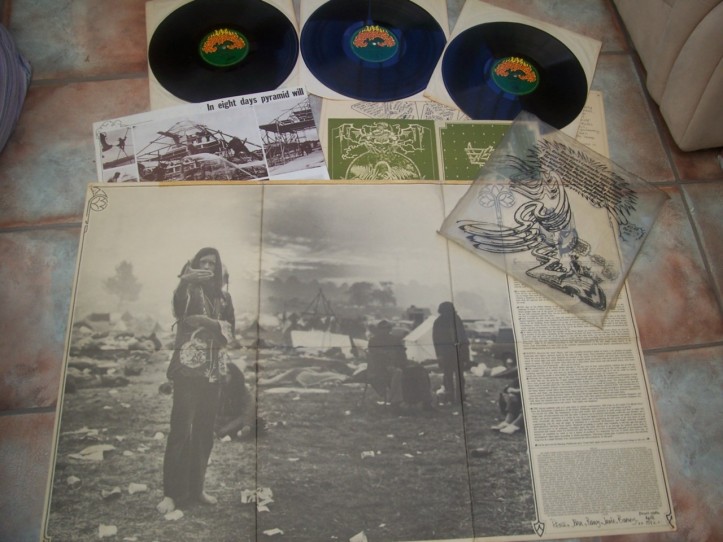A documentary capturing the second Glastonbury Fair, held in 1971. Features music from the festival, drum circles, and dirty dancing. And of course, spirituality.
(And to be honest, much like Woodstock, there were only three or four bands I actually liked.)
Photo: Film Poster Glastonbury Fayre
29 May 2022 | James Porteous | Clipper Media News
Glastonbury Fayre is a documentary film about the 1971 Glastonbury Festival (then known as the Glastonbury Fair) which took place on 20 to 24 June 1971 in rural Somerset in England.[1] Directed by Peter Neal and Nicolas Roeg, it was released in May 1972.
Glastonbury Fayre was the first film about the Glastonbury Festival, which in 1971 was in its second year. It was photographed under the direction of Nicolas Roeg, and completed under the direction of Peter Neal. It was one of the first movies produced by David Puttnam.
The film is a mix of performances by musical artists such as Traffic, Fairport Convention, Melanie, Terry Reid, and Arthur Brown, along with extensive footage of the attendees dancing to the music, playing in drum circles, camping out, and otherwise enjoying the festival.
It also includes part of a lecture given by Guru Maharaj Ji, referred to in the movie as “Maharishi”. It does not feature any footage of David Bowie, who played at dawn, but he is on the soundtrack. (wikipedia)
Glastonbury Fayre 1971 UK Festival (history of year from the official site)
The Festival moved to the time of the Summer Solstice and was known as the “Glastonbury Fair”.
It had been planned by Andrew Kerr and Arabella Churchill who felt all other festivals at the time were over commercialised.
It was paid for by the few who supported the ideal so the entrance was free and took a medieval tradition of music, dance, poetry, theatre, lights and spontaneous entertainment.
It was in this year that the first “pyramid” stage was constructed out of scaffolding and expanded metal covered with plastic sheeting, built on a site above the Glastonbury-Stonehenge ley line.
The musicians who performed recorded a now very rare album.
The Festival is also captured “a la Woodstock” by a 1972 film crew that included Nick Roeg, Sandy Lieberson and Si Litvinoff. This film was called “Glastonbury Fayre”.
Acts included: Hawkwind, Traffic, Melanie, David Bowie, Fairport Convention and Quintessence.
Attendance: estimated at 12,000.
Price: free.
The film includes performances from:
- Arthur Brown‘s Kingdom Come – “All Forms and Distinctions”
- Family – “Drowned in Wine”
- Fairport Convention – “Dirty Linen” (18:55)
- Gong – “Tried So Hard”
- Magic Michael
- Melanie – “Peace Will Come (According to Plan)”
- Quintessence – “Giants”
- Terry Reid (with Linda Lewis) – “Dean”
- Traffic – “Gimme Some Lovin’‘”
- Trumpton and the Riots
- Tonto’s Expanding Head Band
Who Played:
- Joan Baez
- David Bowie
- Edgar Broughton Band
- Arthur Brown
- Fairport Convention
- Family
- Gilberto Gil
- Gong
- Hawkwind
- Help Yourself
- Henry Cow
- Magic Michael
- Marsupilami
- Melanie
- Mighty Baby
- Pink Fairies
- Quintessence
- Terry Reid (with Linda Lewis & David Lindley)
- Brinsley Schwarz
- Traffic
- The Worthy Farm Windfuckers
Festival Friday: The Glastonbury Fayre 1971


While the Glastonbury Festival is certainly not an overlooked event by any means, its origins have become somewhat obscured over the years.

After the success of the Pilton Pop, Blues & Folk Festival in 1970, promoters Andrew Kerr and Michael Eavis and their team decided to hold a free festival in 1971, then called the Glastonbury Fair.

Held over the summer solstice, June 22nd-26th, this groundbreaking show attracted 12,000 people and hosted an eclectic blend of some of the biggest names in progressive music at the time like Gong, David Bowie and Fairport Convention.
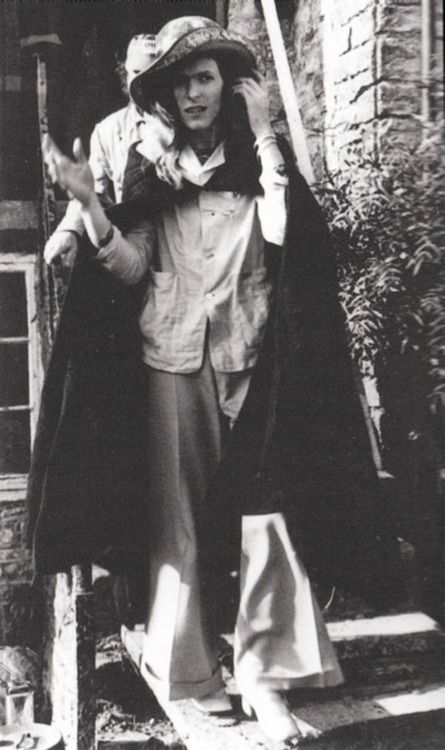
Apart from intentionally picking to host the event on the summer solstice, the organizers went out of their way to instill their mystical beliefs straight into the festival’s very DNA.
For instance, the site for the pyramid shaped stage, now an enduring icon of the Glastonbury Festival brand, was chosen after the organizers used a dowsing rod and found a spot over a “blind spring” which also happened to be above the Glastonbury-Stonehenge ley line.
Additionally, the spot was chosen as it was near by the Glastonbury Abbey, which “…is supposed to have been built as a spiritual successor to Stonehenge and in accord with the same hidden elements of geometry and numerology,” according to ukrockfestivals.com.
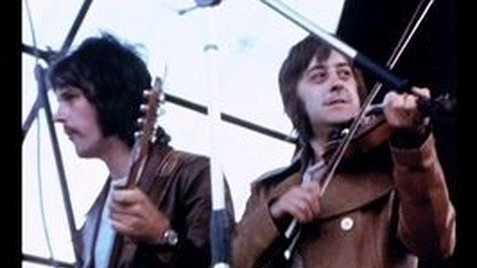
These supernatural practices and beliefs, which harken back to an England of old, fell right in line with the spirit of a great deal of the audience and some of the featured music.
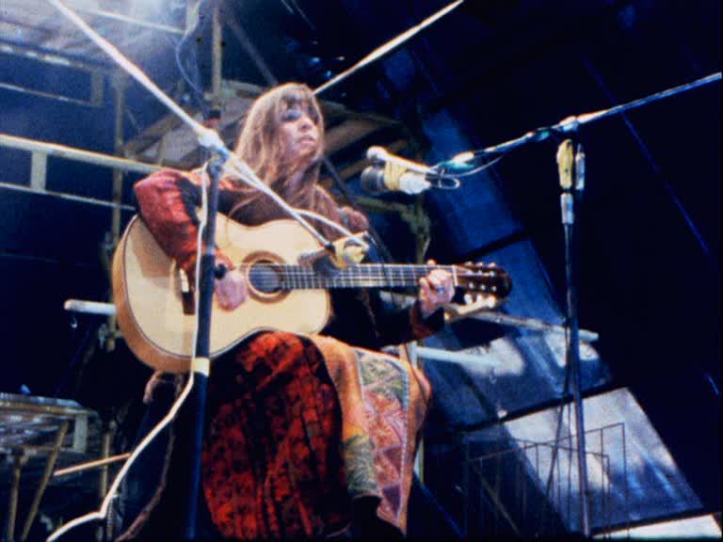
Perhaps all of this superstition did the event some good, as the festival itself ran surprisingly smoothly. Unlike many of the festivals that we’ve talked about this summer, the usual unpleasant locals and local politicians, destructive storms and other kinds of disasters were absent at Glastonbury that year.
Between the positivity of the event and the fact that the festival was recorded for posterity, it’s no real surprise that this is a still continuing annual show.
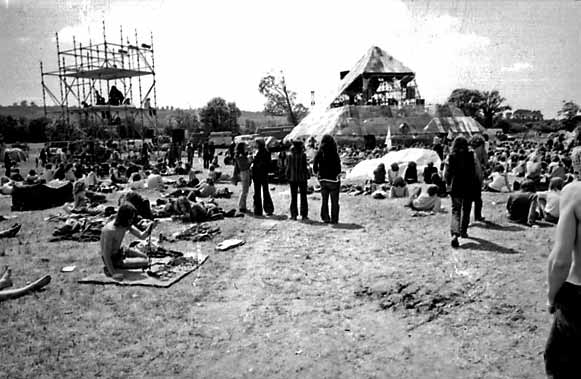
Who Played:
- Joan Baez
- David Bowie
- Edgar Broughton Band
- Arthur Brown
- Fairport Convention
- Family
- Gilberto Gil
- Gong
- Hawkwind
- Help Yourself
- Henry Cow
- Magic Michael
- Marsupilami
- Melanie
- Mighty Baby
- Pink Fairies
- Quintessence
- 1. Terry Reid (with Linda Lewis & David Lindley)
- Brinsley Schwarz
- Traffic
- The Worthy Farm Windfuckers
- Pink Floyd *advertised but couldn’t get their gear through the mud, so had to cancel (Cue “Mudmen”)
As previously mentioned, thankfully this festival was actually recorded. Famed director and cinematographer Nicolas Roeg, filmed a documentary of the festival, Glastonbury Fayre, which is still available on DVD on Amazon. It features music by: Gong, Arthur Brown, Fairport Convention, Family, Kingdom Come, Linda Lewis, Melanie, Magic Michael, Terry Reid, Quintessence, Terry Reid, Traffic, Trumpton and The Riots, Tonto’s Expanding Head Band and Bostik Swastika.
In 1972, Glastonbury Fayre – The Electric Score, a triple record set, was released. The packaging was incredibly ambitious and creative by including a 32 page booklet, a fold and cut-out paper replica of the Silver Pyramid stage and a geodesic dome, a fold-out track listing as well as a printed plastic outer sleeve that would create a new cover design when slipped over the entire album. Despite this hugely creative package, the record is a bit deceiving.
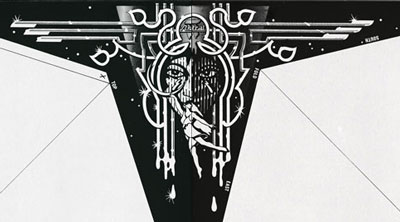
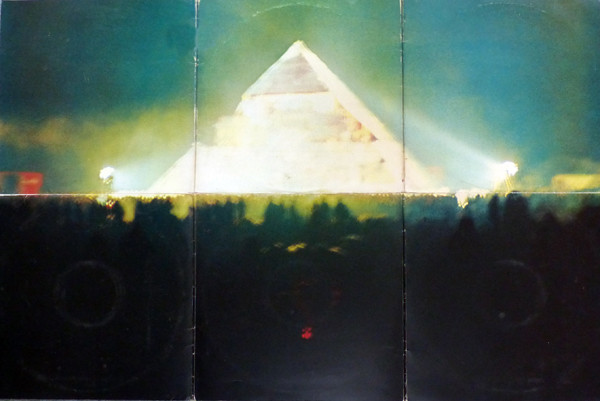
Unfortunately, many of the album’s tracks weren’t recorded at Glastonbury and some are not even live performances (some of the artists, like The Grateful Dead and Pete Townshend, weren’t even at Glastonbury that year). The only songs on the album that are actually recorded at the ’71 Glastonbury Festival are the tracks by Mighty Baby, Gong, The Pink Fairies and The Edgar Broughton Band.
![]()
